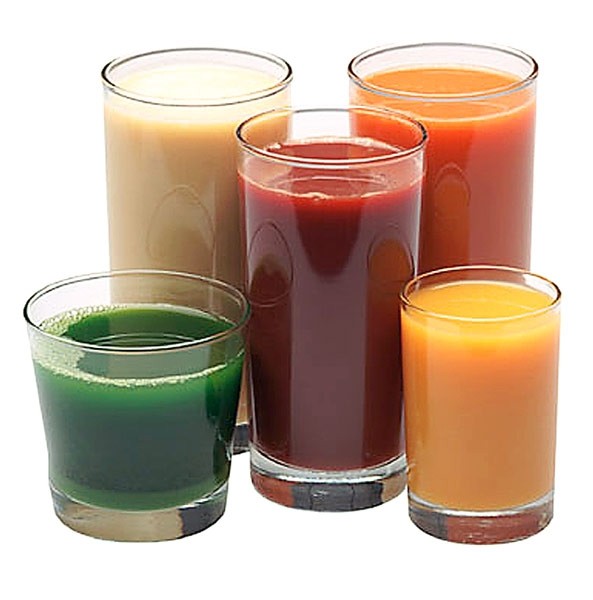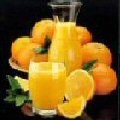Tough economy threatens juice and nectar sales

And the industry faces the looming spectre of soaring energy costs and commodity prices, said AIJN president Andrew Biles.
Releasing its European Fruit Juice and Nectars 2012 Market Report, the association predicted a drop of 1.9% in overall volumes in 2012. Last year it estimated the market value increased by 4%, while consumption declined by 2.2% to 10.7bn litres, or 11.8bn litres including Norway, Switzerland and Turkey. Volumes showed similar declines for own label as well as branded products.
“In the last two years challenges abound in every consumer market around the world,” said Biles in an introduction to the report. “The juice market is not alone. Energy costs and commodity prices – especially apple and orange, which more than doubled in price – remain overall at record high levels. Pressures for the packers.
“The macro economic climate in the EU, where we operate, is under stress and the uncertainty surrounding the euro at the time of writing will not make it easier. Pressure for the consumer.”
Turkey bucks trend
Turkey itself bucked the overall trend of declining sales, showing double digit increases in juice and nectar sales, said AIJN, which forecast more than a 30% increase in per capita volumes in the next five years. This was being driven by increasing consumer confidence and rising awareness of the variety of juices and nectars available. In addition, the Turkish government is working on providing incentives to encourage the development of local fruit producers.
AIJN’s report stated that the rate of EU decline was expected to decelerate, with the market stabilising by 2015 and recording marginal growth by 2017, with consumption predicted to reach 10.3bn litres by then.
EU consumers had shown a swing towards premium juices last year, particularly in France and the UK, despite the tough economy and price rises off the back of concentrate cost increases, said the organisation. The latter trend was closing the price differential gap between ambient and chilled juices.
Consumption by country
Germans drink the most juice and nectars according to AIJN figures, with a 26% share of consumption in 2011, followed by France, the UK, Spain and Italy, in that order.
Orange continues to be the most popular variant of juice and nectar, accounting for close to 40% of total consumption. One emerging trend seemed to be a growing popularity for flavour mixes, with Germany and the UK launching a number of apple and berry combination beverages in the first quarter of 2012.
Western Europe still represents the largest regional market for fruit juice and nectars in the world, ranking just behind North America on per capita consumption, the report states.









